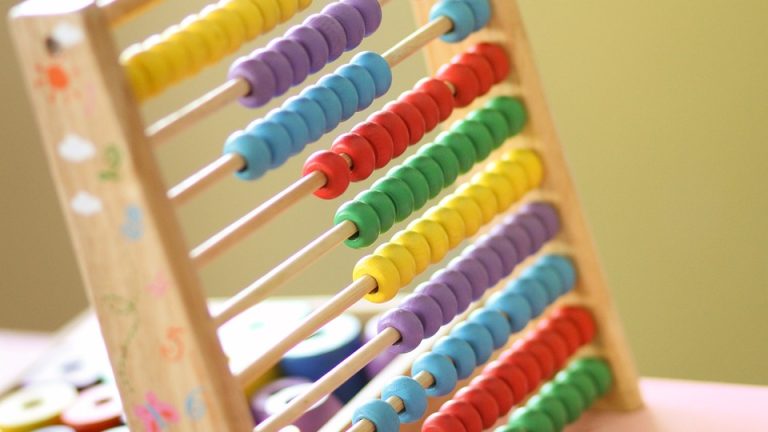The Prestigious International Math Olympiad: A Global Benchmark for Mathematical Excellence
The International Mathematics Olympiad (IMO) is an elite competition that brings together top math whizzes from all over the world to showcase their problem-solving skills and mathematical prowess. Established in 1959, the IMO has become one of the most prestigious and respected math competitions in the world, attracting thousands of students aged 16 and under from nearly 100 countries.
History of the IMO
The IMO was initially conceived by a group of mathematicians at the University of Veszprém in Hungary, who were inspired by the success of the International Physics Olympiad and aimed to create a similar competition for mathematics. The first IMO was held in 1959 in Budapest, Hungary, with 500 students from 19 countries participating.
The competition has since grown exponentially, with numbers reaching over 6,000 contestants from 100 countries in recent years. The IMO is now recognized as one of the most important and prestigious math competitions for high school students, offering a unique opportunity to test their skills against the best mathematical minds from around the world.
Selection Process
The selection process for the IMO is rigorous and competitive. Students undergo a series of regional and national mathematical competitions, known as the "Junior Mathematical Olympiad" (JMO) or the "Mathematical Olympiad Programme" (MOP), to emerge as national champions. Winners of these competitions are then selected to participate in the IMO.
Contest Format
The IMO competition consists of six problems, each with a significant mathematical challenge. Contestants are provided with a set of mathematical problems at the beginning of the competition, and are given a set time of about 4 hours to solve as many problems as possible. The problems are designed to showcase a range of mathematical topics, including geometry, algebra, number theory, and combinatorics.
Awards and Recognition
Contestants are awarded medals, certificates, and other prizes based on the number of problems they solve correctly. The award structure is as follows:
- Gold Medals: Awarded to students who correctly solve at least 5.5 problems out of a maximum of 6.
- Silver Medals: Awarded to students who correctly solve between 4 and 5 problems out of a maximum of 6.
- Bronze Medals: Awarded to students who correctly solve between 3 and 4 problems out of a maximum of 6.
- Honorable Mentions: Awarded to students who correctly solve at least one problem out of a maximum of 6.
Impact and Legacy
Participation in the IMO has a profound impact on the lives of students who take part in it. The competition fosters teamwork, problem-solving skills, and mathematical insight, and provides a platform for young mathematicians to showcase their talents on a global stage.
Many IMO veterans have gone on to become renowned mathematicians and Nobel laureates, including notable scientists such as Andrew Wiles (Fields Medal winner) and Yitang Zhang (Freedman Prize winner). The IMO is also credited with inspiring a passion for mathematics in countless students around the world, leading to a new generation of mathematics enthusiasts and innovators.
Conclusion
The International Math Olympiad is an unmissable opportunity for young mathematicians to test their skills against the best mathematical minds from around the world. With a rich history, rigorous selection process, and stimulating competition format, the IMO is a symbol of excellence in mathematics, inspiring thousands of students to pursue their passion for mathematical discovery.
